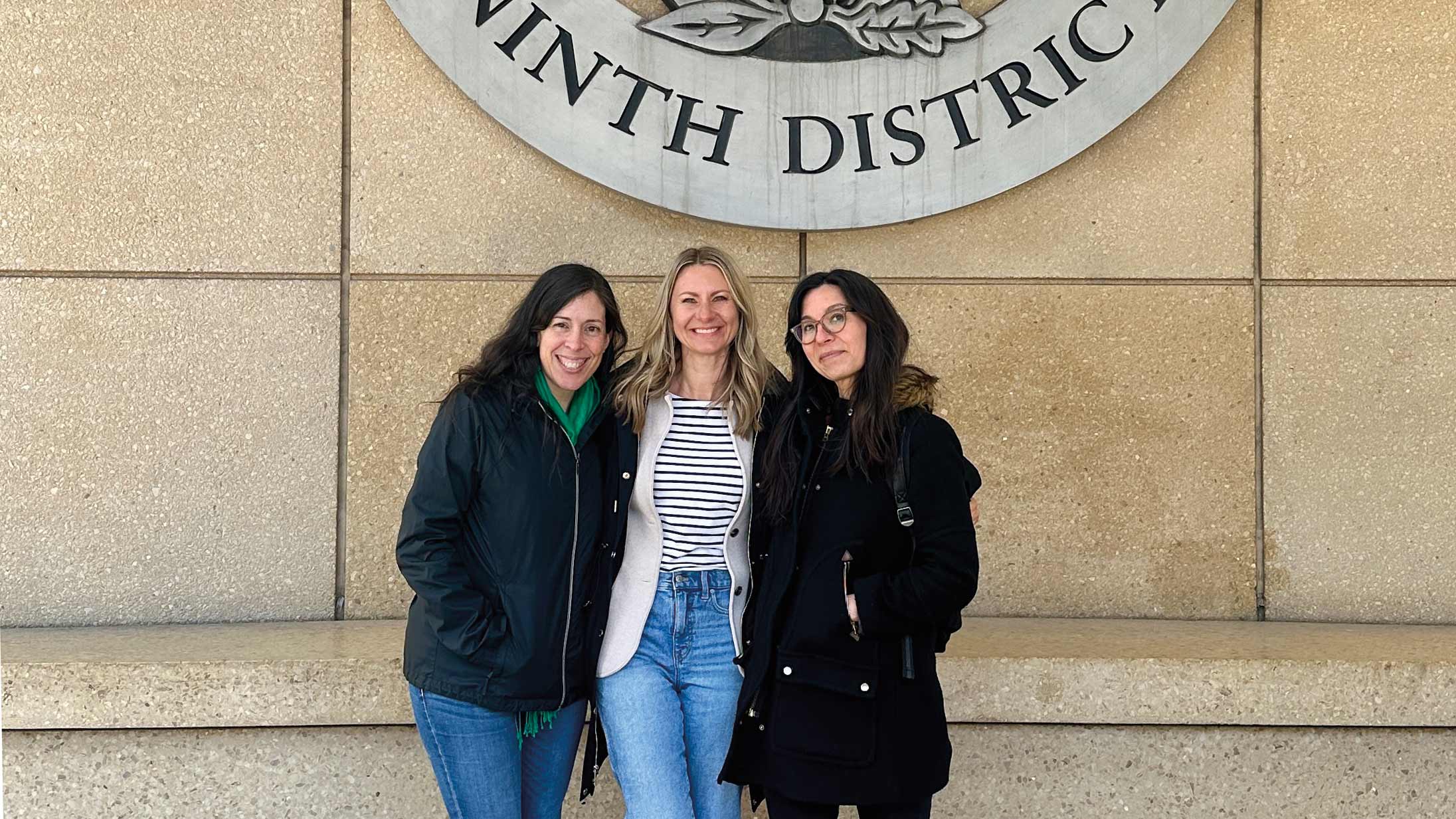I fully support the extraordinary steps taken by the Federal Reserve in response to the collapse of Bear Stearns in March 2008. As Federal Reserve officials have testified, Bear Stearns’ bankruptcy could have triggered significant doubt about the viability of other investment banks. Bankruptcy could also have imposed potentially large costs on a myriad of firms with financial exposure to Bear Stearns. More importantly, this shock to the financial sector could have spilled over to the rest of the economy. It was on this basis—as lender-of-last-resort with responsibility to address systemic risk to the economy—that the Federal Reserve took its actions.
However, the Federal Reserve’s response has a potentially significant cost. The uninsured creditors of other large financial firms may now have heightened expectations of receiving government support if these firms get into trouble. That is, they may perceive that the government will view their firm, also, as systemically important and therefore “too big to fail (TBTF).” Such expectations need to be addressed by policymakers because they encourage financial firms to take on more risk than they otherwise would, and this increased risk-taking, all else equal, makes future financial and economic instability more likely.
Moreover, this expansion of the safety net came when TBTF was already a problem. Indeed, we have been warning about an increasing TBTF threat for much of the past five years, recommending a management framework and specific steps to address it and urging that policymakers act when times are good in financial markets and for financial institutions. Now policymakers have another chance to examine our recommendations to better manage the safety net. In that vein, the accompanying 2007 Annual Report essay discusses these recommendations, explaining why they respond effectively to the TBTF problem confronting policymakers.
Gary H. Stern
President
Annual Report Essay: Managing the Expanded Safety Net





